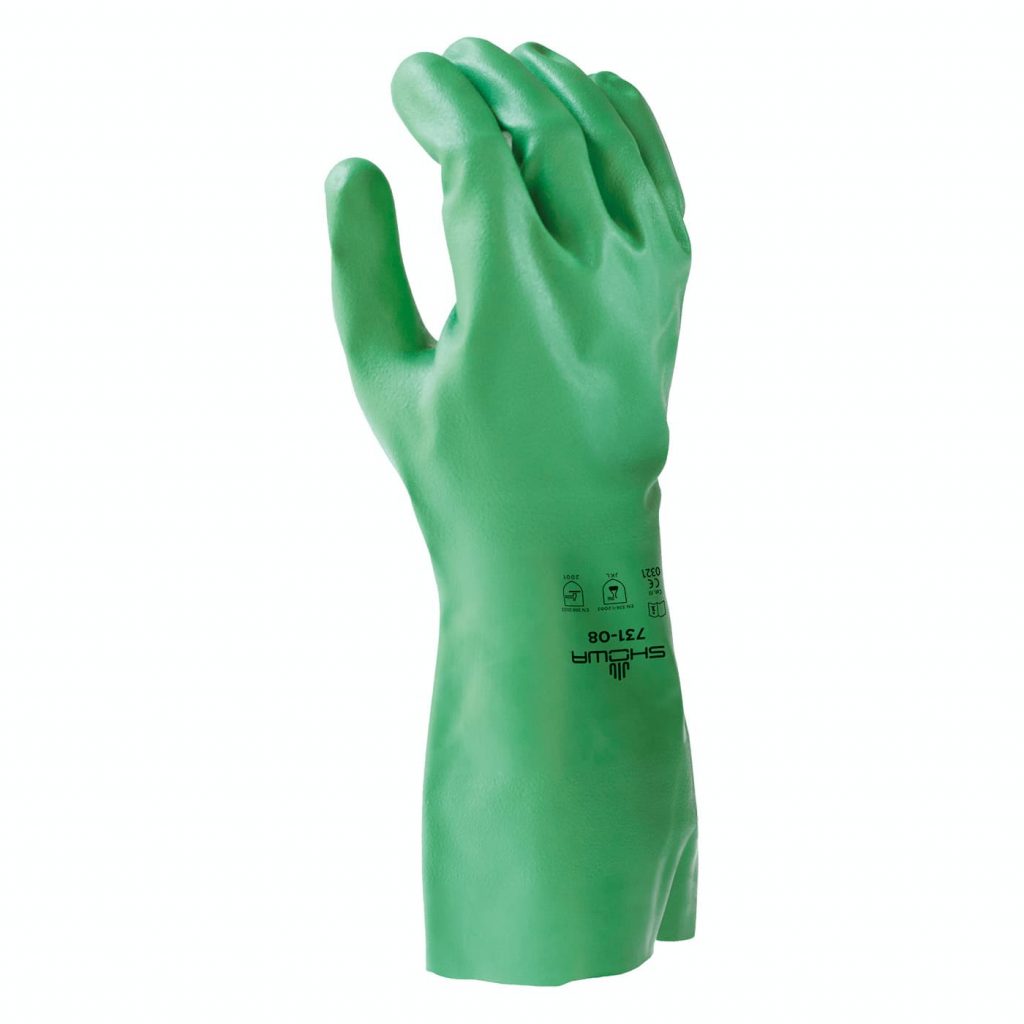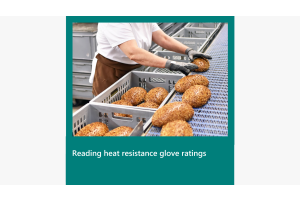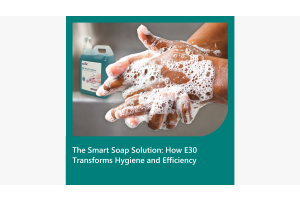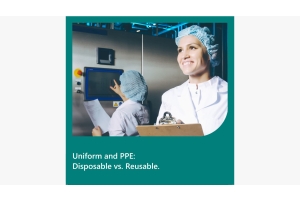What type of disposable gloves should I use in my food processing facility?

There are a variety of different disposable gloves available, and knowing what option is best for your situation can be difficult.
Below is a brief overview of the 4 main types of disposable gloves.
Vinyl
Traditionally the most common type of glove, vinyl is now rarely used in food production facilities.
Their main advantage is their low cost per unit, although this can be deceptive if usage is higher through frequent breakages. Vinyl gloves are often preferred to wear, as they ‘breath’ and result in less sweaty hands. Obviously this is a serious contamination risk, and should be considered in your glove choice.
More recently, the environmental impact of the manufacture of vinyl has also come to light, which has further discouraged the use of vinyl gloves.
Nitrile
The most common glove type in food production facilities.
Nitrile gloves have a high strength, and a high dexterity. They are typically sold as short cuff (approx. 240mm) or long cuff (approx. 280mm).
They come in a range of thicknesses, to cater for different levels of risk, and for handling a variety of products.
Latex
Latex gloves (often referred to as rubber gloves) offer high strength, and often are the most comfortable to wear.
However, latex gloves have an allergy risk, with a large number of people suffering allergic reactions to the material. Latex gloves also offer less chemical and puncture resistance then nitrile gloves.
SIlverlined
Silverlined gloves are a type of latex glove, which include an interior lining of a composite material that allows for easier donning.
They are traditionally supplied in pairs (left and right glove), but recently ambidextrous options have been made available. These reduce wastage as single gloves can be replaced.
Powdered or Powder-free?
Vinyl, nitrile and standard latex gloves were traditionally supplied as ‘powdered’.
Powdered gloves typically include a small amount of cornstarch on the interior of the gloves which allows for easier donning. However, this is generally considered a hygiene risk and is discouraged by most food safety regulations.






